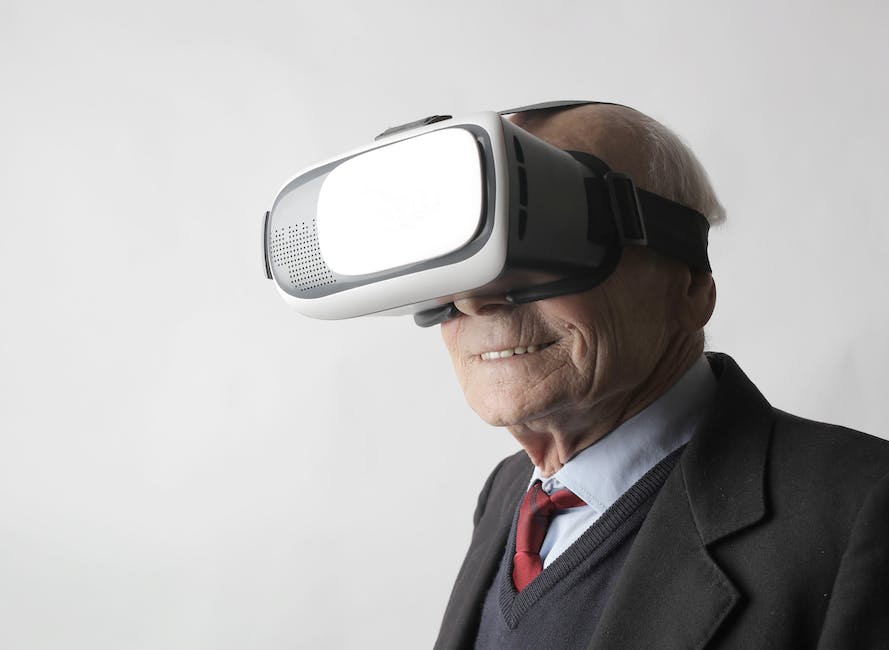Exploring Immersive Worlds with Virtual Reality is an intriguing journey into the realm of digital environments that are designed to simulate physical presence in real or imagined worlds. This technology uses computer-generated simulations to create a 360-degree, 3D environment, offering an interactive experience that can be visually compelling and emotionally engaging. The exploration of these immersive worlds with virtual reality offers limitless possibilities, from gaming and entertainment to education and training, healthcare, real estate, and beyond. It provides a platform where the boundaries of reality are expanded, creating a new dimension of human-computer interaction.
Unveiling New Dimensions: Exploring Immersive Worlds with Virtual Reality

Virtual reality (VR) is no longer a figment of our imagination or a feature in a sci-fi movie. It’s here, and it’s transforming the way we interact with digital content. The technology has evolved beyond our wildest dreams, and it’s unveiling new dimensions, allowing us to explore immersive worlds like never before.
Imagine being able to walk through the streets of ancient Rome, dive deep into the ocean to explore coral reefs, or even travel to distant galaxies, all from the comfort of your living room. That’s the power of virtual reality. It’s not just about watching or listening anymore; it’s about experiencing. VR transports us into different realities, creating immersive experiences that engage our senses in ways traditional media could never achieve.
The magic of VR lies in its ability to create a sense of presence. When you put on a VR headset, you’re not just observing a different world; you’re part of it. You can interact with your environment, manipulate objects, and even influence the storyline. This level of immersion is what sets VR apart from other forms of digital entertainment.
One of the most exciting aspects of VR is its potential for storytelling. Filmmakers, game developers, and artists are experimenting with this new medium, crafting narratives that are not just told but experienced. Imagine a horror movie where you’re not just watching the protagonist navigate a haunted house; you’re the one opening the creaky doors and feeling the chill in the air. Or a video game where you’re not just controlling a character; you’re the hero, making decisions that shape the world around you.
But VR isn’t just about entertainment. It’s also proving to be a powerful tool for education and training. Medical students can practice surgeries in a risk-free virtual environment. Architects can walk through their designs before they’re built. Astronauts can prepare for space missions. The possibilities are endless.
Moreover, VR is also opening up new avenues for social interaction. Virtual reality platforms like VRChat and Rec Room allow users to meet up with friends, attend concerts, play games, and even go on dates in virtual spaces. These platforms are redefining the concept of social networking, making it more immersive and interactive.
However, like any emerging technology, VR has its challenges. High-quality VR experiences require powerful hardware, which can be expensive. There are also concerns about motion sickness, which affects some users. And while VR can be incredibly immersive, it can also be isolating, as users are cut off from the real world while they’re in the virtual one.
Despite these challenges, the future of VR looks bright. Advances in technology are making VR headsets more affordable and comfortable. Developers are finding ways to mitigate motion sickness. And as social VR platforms continue to evolve, they’re finding ways to make virtual reality a shared experience, rather than an isolating one.
In conclusion, virtual reality is unveiling new dimensions, allowing us to explore immersive worlds in ways we never thought possible. It’s transforming entertainment, education, and social interaction. And while it’s not without its challenges, the potential of VR is undeniable. So, strap on a headset, step into a new world, and experience the magic of VR for yourself.